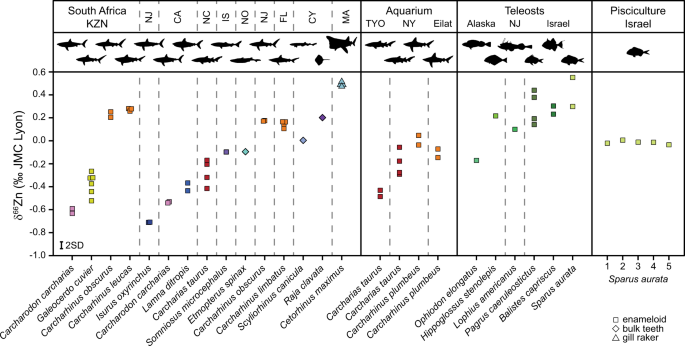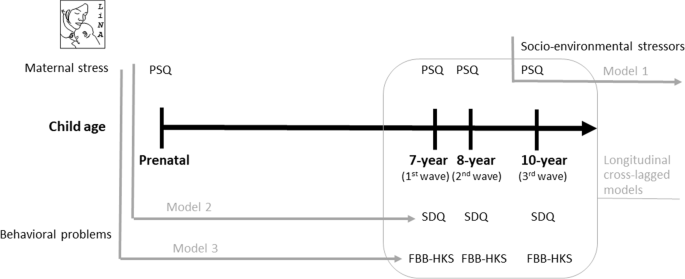亜鉛の同位体を用いて、史上最大のサメ、メガロドンの食生活を調査しました Using zinc isotopes, researchers investigated the diet of megalodon, the largest shark to have ever lived
2022-05-31 マックス・プランク研究所
この新しい方法は、歯の鉱化度の高い部分の亜鉛同位体組成を調べるもので、絶滅した動物の食性を読み解くのに特に有効であることが証明されました。
<関連情報>
- https://www.mpg.de/18712873/0527-evan-megalodon-extinction-150495-x?c=2249
- https://www.nature.com/articles/s41467-022-30528-9
亜鉛同位体比から明らかになったOtodus megalodonとホホジロザメの経時的な栄養的位置づけ Trophic position of Otodus megalodon and great white sharks through time revealed by zinc isotopes
Jeremy McCormack,Michael L. Griffiths,Sora L. Kim,Kenshu Shimada,Molly Karnes,Harry Maisch,Sarah Pederzani,Nicolas Bourgon,Klervia Jaouen,Martin A. Becker,Niels Jöns,Guy Sisma-Ventura,Nicolas Straube,Jürgen Pollerspöck,Jean-Jacques Hublin,Robert A. Eagle & Thomas Tütken
Nature Communications Published:31 May 2022
DOI:https://doi.org/10.1038/s41467-022-30528-9

Abstract
Diet is a crucial trait of an animal’s lifestyle and ecology. The trophic level of an organism indicates its functional position within an ecosystem and holds significance for its ecology and evolution. Here, we demonstrate the use of zinc isotopes (δ66Zn) to geochemically assess the trophic level in diverse extant and extinct sharks, including the Neogene megatooth shark (Otodus megalodon) and the great white shark (Carcharodon carcharias). We reveal that dietary δ66Zn signatures are preserved in fossil shark tooth enameloid over deep geologic time and are robust recorders of each species’ trophic level. We observe significant δ66Zn differences among the Otodus and Carcharodon populations implying dietary shifts throughout the Neogene in both genera. Notably, Early Pliocene sympatric C. carcharias and O. megalodon appear to have occupied a similar mean trophic level, a finding that may hold clues to the extinction of the gigantic Neogene megatooth shark.


